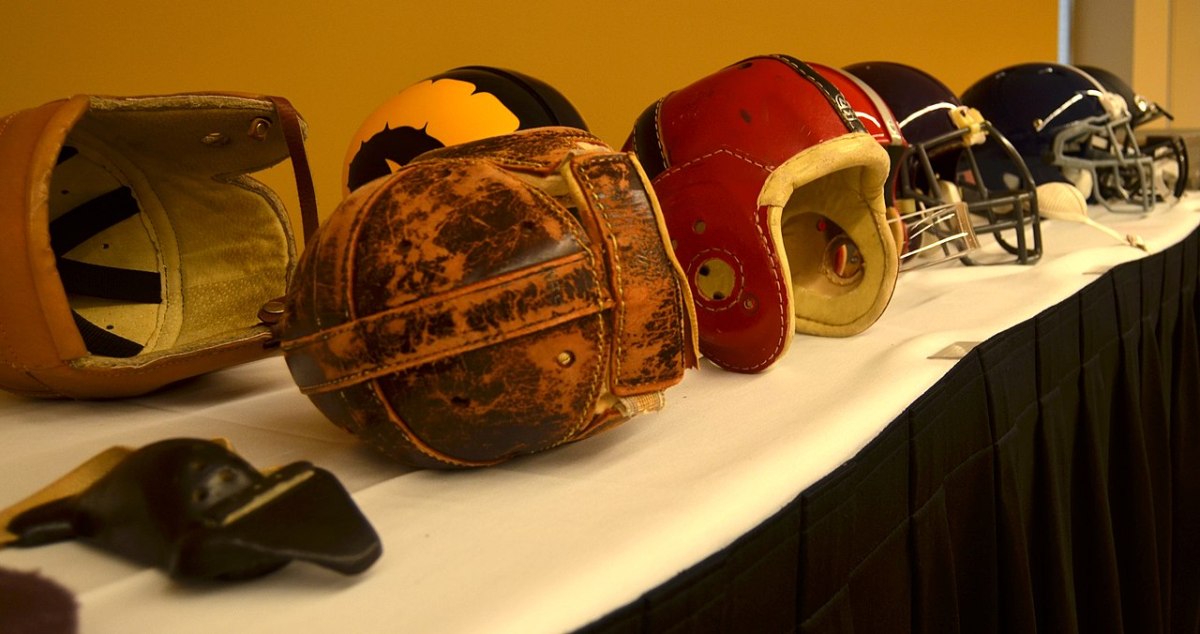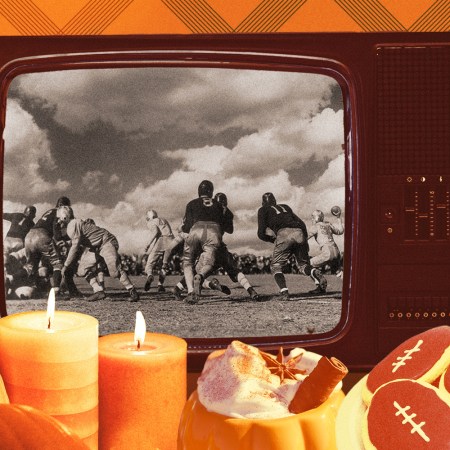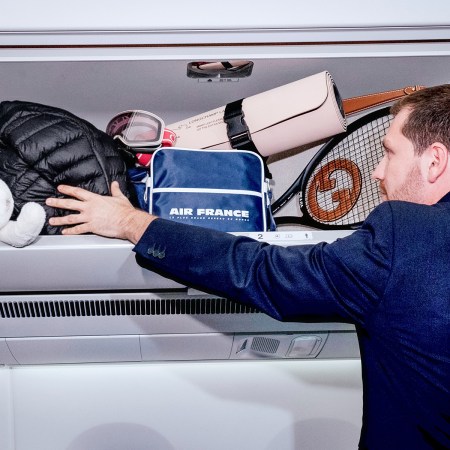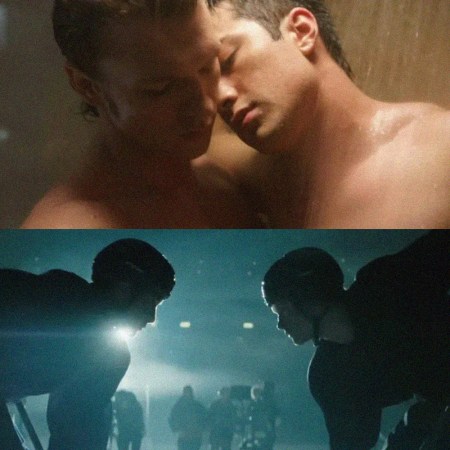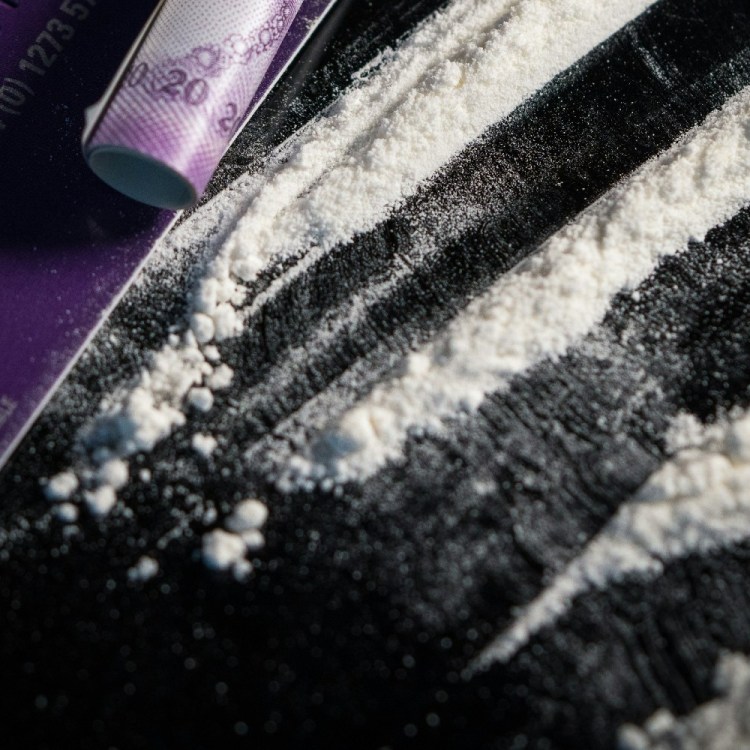Once, the idea that football could have debilitating effects on the brains of those playing the sport was a controversial opinion. Now, it’s accepted as fact — the sort of thing that inspires long articles in The New Yorker and high-profile movies like 2015’s Concussion, which starred Will Smith. And yet football continues to be wildly popular, among both players and fans. If the potential health risks don’t end football as we’ve known it, is there a way to make the sport safer and ensure that these injuries dwindle to nothing?
A new article in The New York Times by Michael Powell turns the spotlight on the work being done by bioengineer (and former football player) David Camarillo. Dr. Camarillo is at work attempting to create a safer football helmet. “Theoretically, this is the holy grail,” he says at one point.
The story Powell is telling here isn’t one about a crusading researcher whose work might change the world for the better, though. Instead, it’s about putting Dr. Camarillo’s work into a larger context, and then showing the ways in which simply reducing the effect of concussions might not do much to reduce the occurrence of chronic traumatic encephalopathy in football players.
A study released earlier this year suggests that specific impacts play less of a role in chronic traumatic encephalopathy (CTE) relative to the total number. In other words, as Powell writes, “smaller repeated hits — as opposed to spectacular collisions — are the real danger.”
It doesn’t help matters that the helmet design Dr. Camarillo is working on involves using water to reduce the impact of a hit; he refers to it as “a hydraulic shock absorber.” Nor does it make his work, or the work of any researcher, easy when the only way to definitively detect CTE at present is via an autopsy.
Many things could happen to change that: the science behind CTE might change, or Dr. Camarillo’s helmet work might make a difference. But from reading Powell’s article, one gets a greater sense that this fix won’t do much to solve the larger issue.
Subscribe here for our free daily newsletter.
The Charge will help you move better, think clearer and stay in the game longer. Subscribe to our wellness newsletter today.
